As dining bills keep climbing, families are trimming restaurant visits and fast‑casual chains are feeling the pinch. Red Robin, famous for its bottomless fries and fizzy floats, isn’t immune—plan for 15 locations to vanish next year. The chain is leaning on a mix of cost‑cutting and menu magic to stay on the map. Let’s walk through the history, the numbers, and what you’ll really miss when the doors close.
Humble 1926 Beginnings
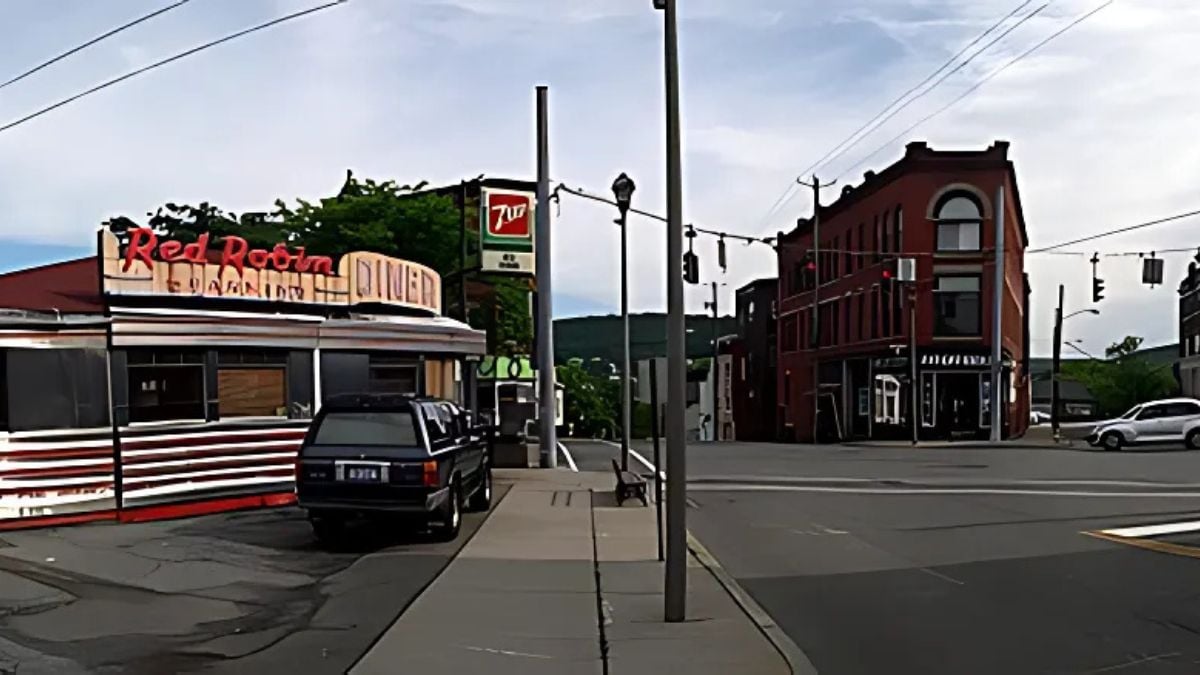
Long before endless fries, the original Red Robin spot debuted as a Seattle lease ad for $30 a month. It changed hands and names until Samuel Caston took the reins in 1969. Legend says he serenaded staff with “When the Red, Red Robin” while cooking up burgers. That tune stuck, and so did the name.
Fast‑Casual Faces the Squeeze
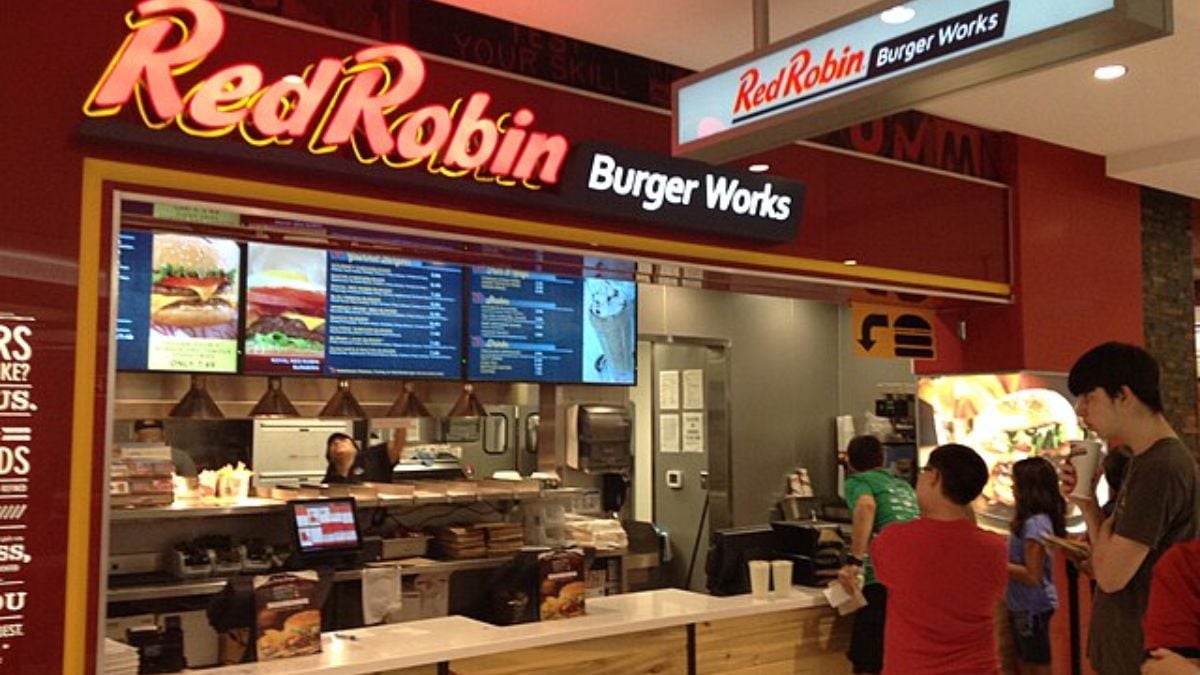
With grocery and gas prices climbing, American families have slashed casual dining from their budgets. Even affordable burger joints aren’t immune as consumers pick and choose their splurges. Traffic at many fast‑casual spots has dipped, forcing brands to rethink their playbooks. Red Robin is now on the front lines of this squeeze.
2024’s Painful Price Tag
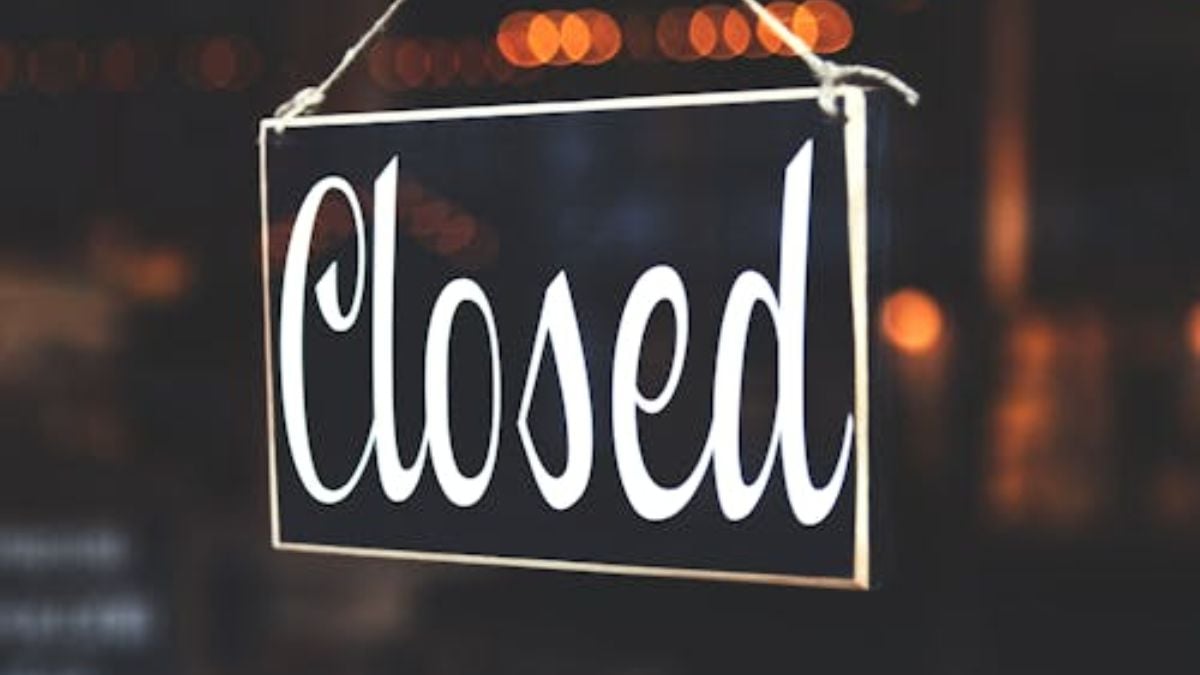
Red Robin closed its books on a $77.5 million net loss for 2024—more than triple the previous year’s $21.2 million deficit. In Q4 alone, losses soared to $39.7 million versus $13.7 million in the same quarter of 2023. Those red‑ink figures triggered a hard look at underperforming restaurants. The goal: slash debt and shore up the balance sheet.
Bright Spots Amid Turmoil
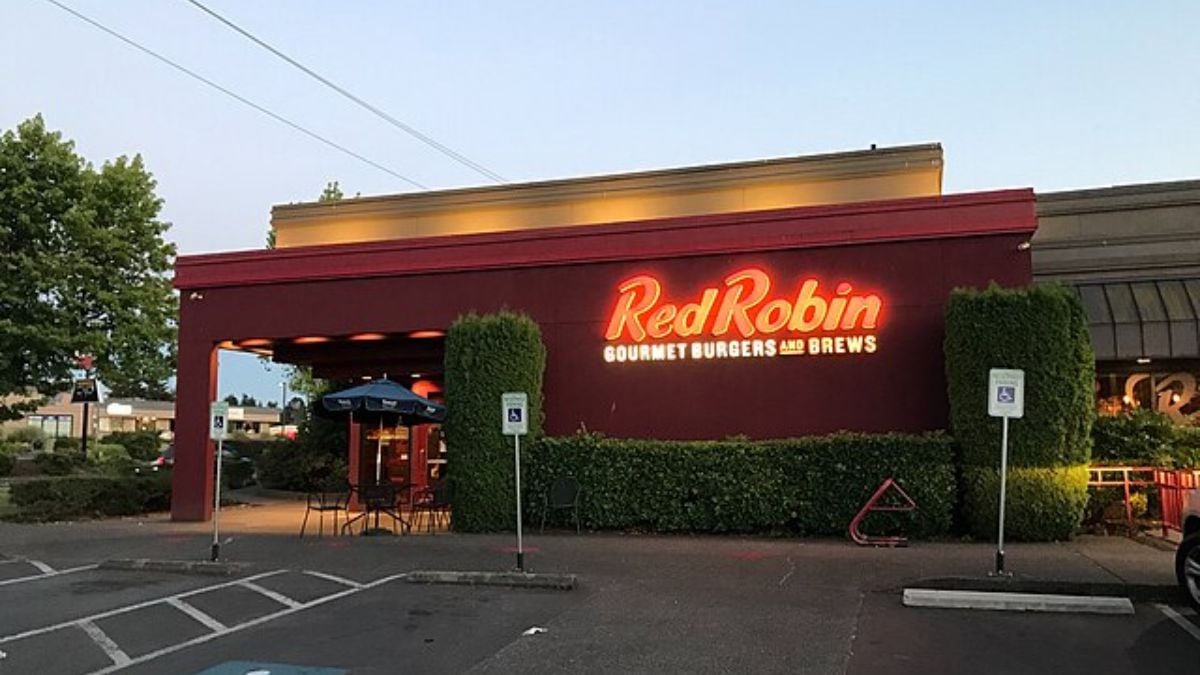
It’s not all gloom—same‑store sales actually climbed 3.4% in late 2024, and guest traffic showed sequential improvement. Over 300 sites are hitting targets under a new transformation playbook. Those winning locations could dodge the chopping block. The chain is banking on this momentum to propel a comeback.
2025 Closure Countdown
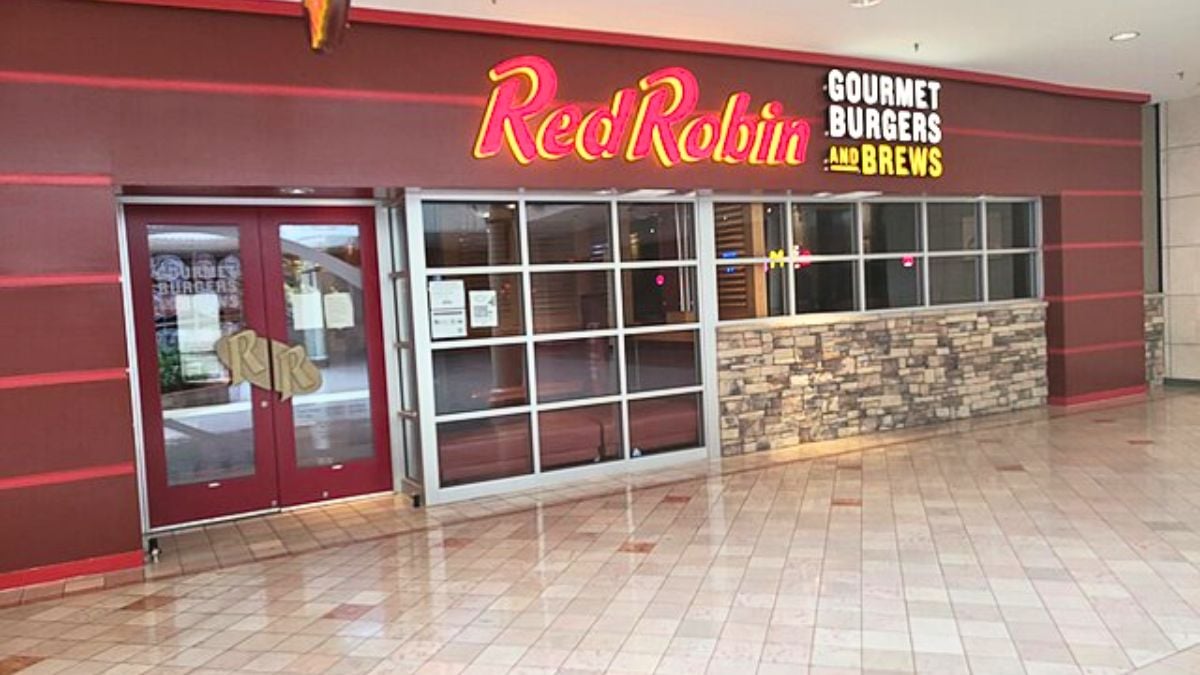
Next year, Red Robin expects to shutter 15 sites, with three slated to close in Q1. The trio of company‑owned spots will sell off and funnel roughly $5.8 million back into debt reduction. Remaining closures will likely hit leases and franchise agreements. Customers in those neighborhoods will need a new burger fix.
Already Saying Goodbye
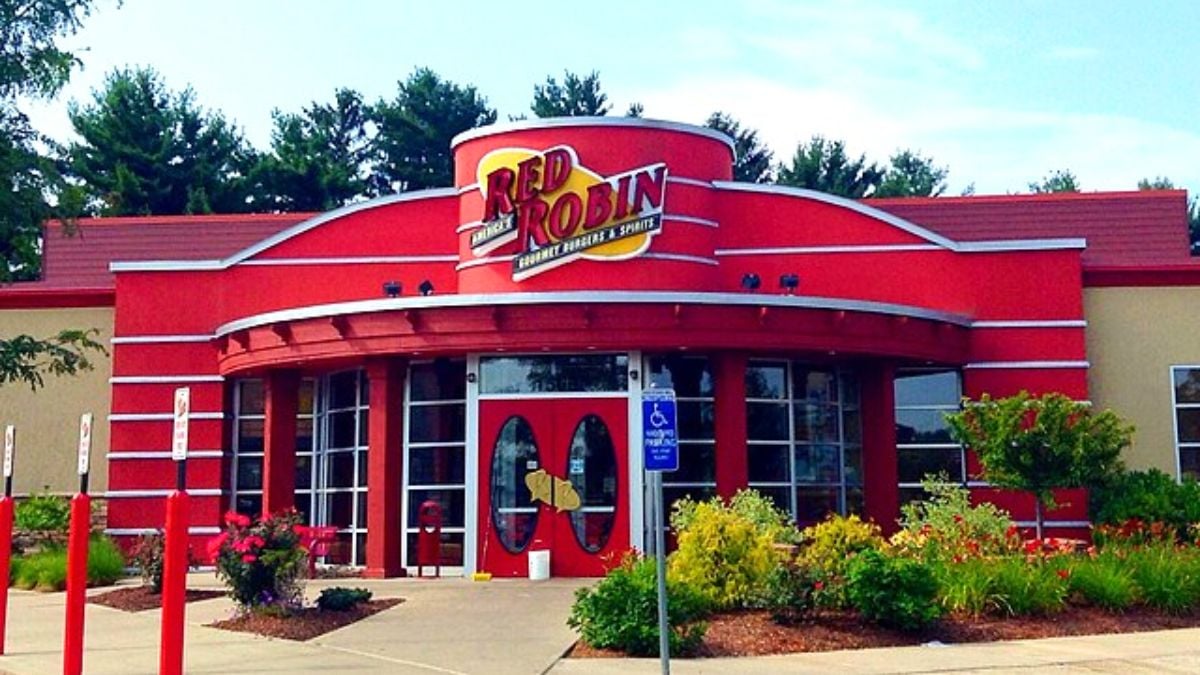
The Easton, Ohio restaurant at 3977 Morse Crossing locked its doors on March 16, 2025. That followed another location’s exit in Q4 of last year. Patrons in those areas suddenly found fewer options for endless fries. Each closure is a reminder that no chain is too cozy to avoid belt‑tightening.
Scope of the Chain
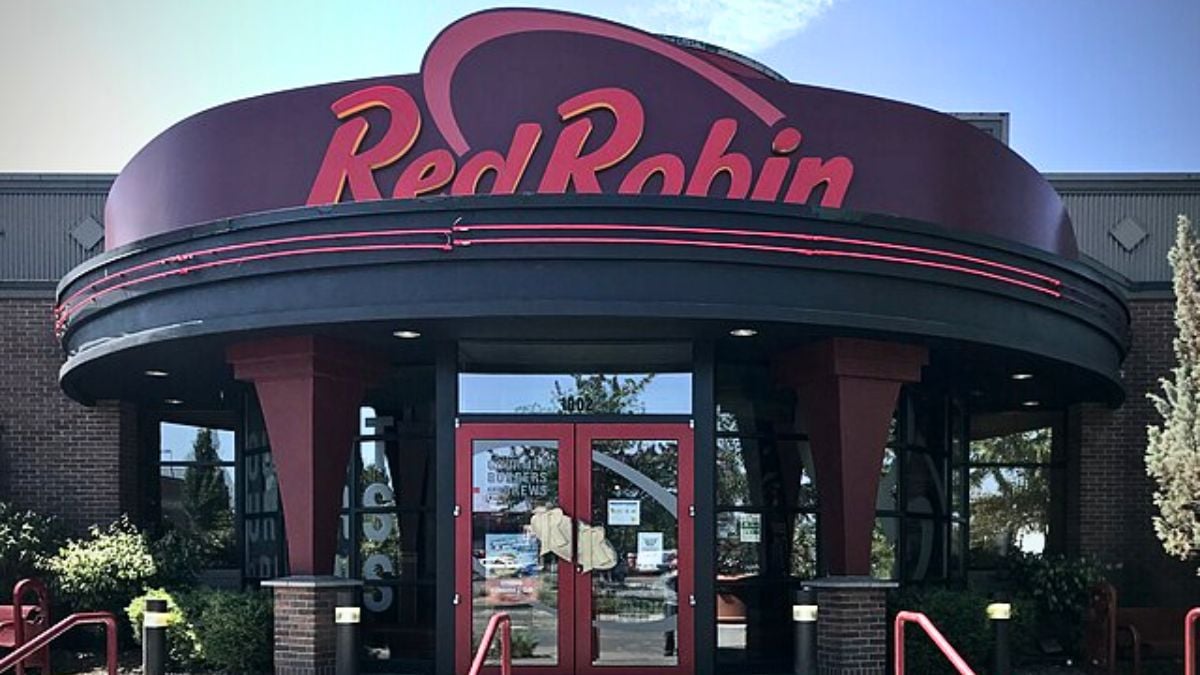
Today, just under 500 Red Robin restaurants span 39 U.S. states and one Canadian province. California leads the pack, with Washington and Colorado close behind. Locations cluster in suburban shopping centers and mall food courts. For many communities, losing one means losing a local gathering spot.
What You’ll Really Miss
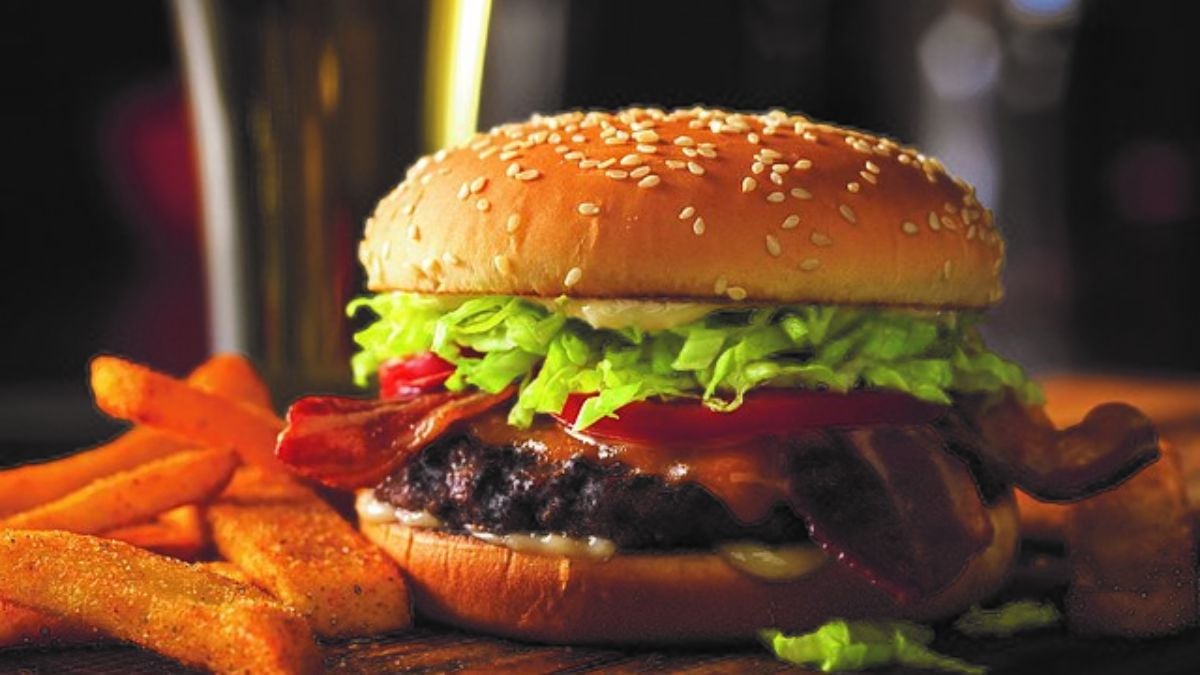
Red Robin’s bottomless sides are its signature draw—from steak fries and garlic fries to kale salad and kettle chips. Don’t forget the endless fountain drinks and specialty sips like Freckled Lemonade or root beer floats. Fans rave about swapping flavors mid‑meal without extra charges. When these doors close, so does the freedom to keep refilling.

